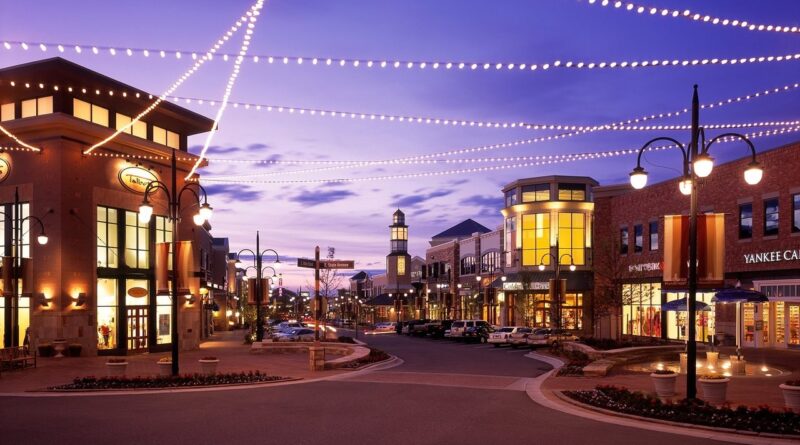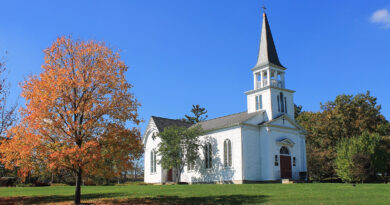History of Aurora Colorado
Founded in the late 1880s, Aurora, Colorado started as a small cluster of homes and businesses on the plains east of Denver. The town’s beginnings trace back to builder Donald Fletcher, who acquired land in the area in hopes of establishing a new community. Early settlers were drawn by the promise of opportunity and abundant water resources from the South Platte River.
In 1891, Fletcher named the new town “Fletcher” after himself but was later convinced by Denver real estate mogul Robert Rew to change the name to Aurora, inspired by the Latin word for “dawn.” Aurora was officially incorporated in 1903 with around 700 residents.
The location on the plains provided room to expand, and Aurora steadily grew as an agricultural hub through the early 1900s. Horse breeding and farming were early economic drivers. After World War II, Aurora saw its population boom as Denver became more crowded. Affordable land in the suburb drew families and new development.
Major transportation projects accelerated Aurora’s expansion in the 1950s and 60s. The opening of Buckley Air Force Base in 1953 brought new jobs to the region. In the 1960s, the new Interstate 70 connected Aurora directly to Denver, solidifying its role as a bedroom community. Population leapt from around 5,000 in 1940 to over 250,000 by 1980.
Rapid growth continued through the late 20th century. In recent decades, Aurora has welcomed immigrants from around the world, becoming one of the most diverse cities in Colorado. Major companies like Raytheon and Lockheed Martin have located high-tech facilities in Aurora, diversifying the economy. The city’s culture and amenities have flourished to match its population of nearly 380,000 today.
After humble frontier beginnings, Aurora has emerged as a leading suburb and a city in its own right. Though intimately linked with Denver, Aurora has developed a vibrant identity as a diverse community with promising prospects for the future. The town that dawned on the plains continues to rise.
Discover more from City Towner
Subscribe to get the latest posts sent to your email.




